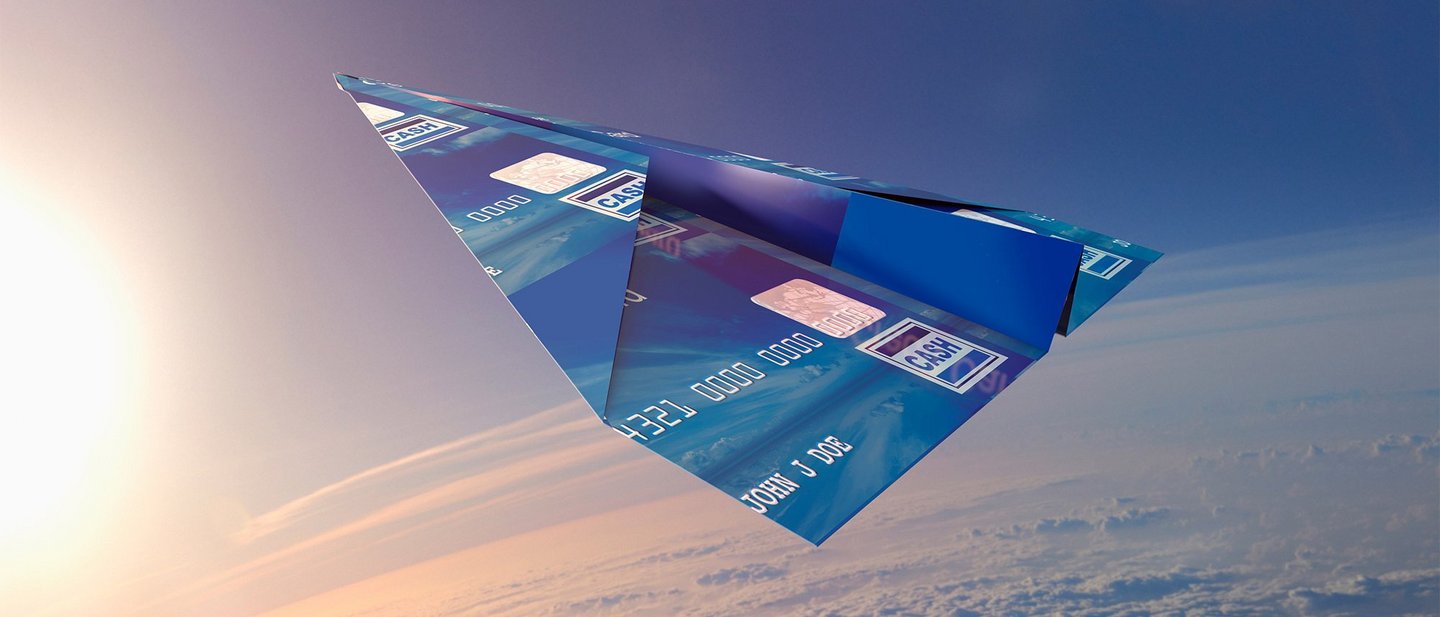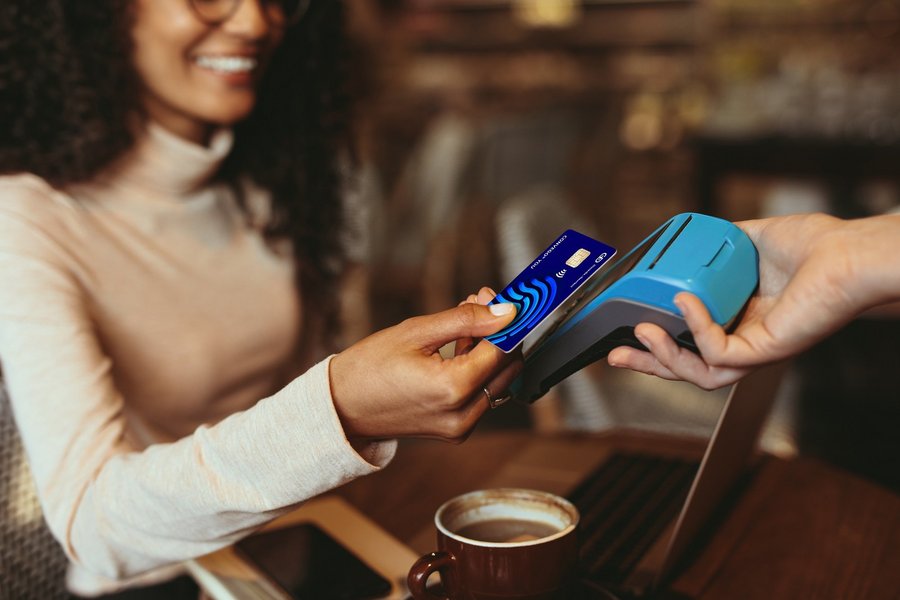It’s something of an understatement to say 2020 has been a challenge for many sectors. As part of the new normal, credit card technology has been thrust under the spotlight for its role in supporting social distancing and keeping the economy’s wheels turning. Now, as economies emerge from lockdown, the role of contactless payments in opening up countries and getting people moving is once again coming into focus.
Even before the coronavirus pandemic, we were already observing an ongoing revolution in consumer habits. According to UK Finance statistics on card transactions by UK cardholders, both in the UK and overseas, there were 1.6 billion transactions on debit cards in January 2020, 8.9% more than in January 2019.
The banking and finance industry organization also reveals that there were 721 million contactless card transactions in January 2020, a 12.3% increase from 642 million in the same month a year earlier, while the total value of contactless payments was £6.7 billion in January 2020, a 13.6% increase from £5.9 billion in the same month in 2019.




